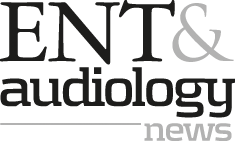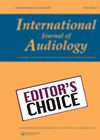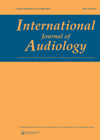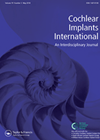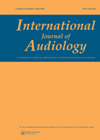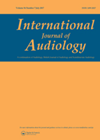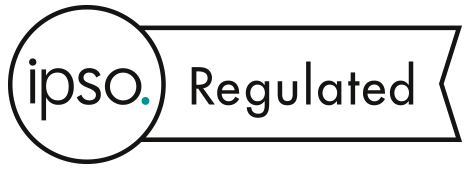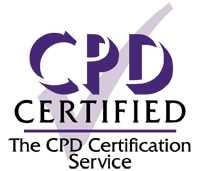
Journal Reviews
Ethnic inequalities in hearing aid use
Recent events, including the COVID-19 pandemic, have once again highlighted health inequalities experienced by people from ethnic minority backgrounds. Our Editors’ Choice paper shows that there are inequalities in hearing aid use and includes the stark finding that ethnicity is...
The DOSO outcome measure
The subjective outcome measures are a crucial element of the auditory rehabilitation process for hearing aid fitting. Authors hypothesised that normative data used for the device-orientated subjective outcome (DOSO) were no longer valid for new hearing aids technologies (2015-era technologies)....
Sound localisation after bilateral cochlear implantation
Limited information is known about the localisation skills of paediatric cochlear implant patients who were good hearing aid users before their hearing deteriorated. As localisation is a skill often associated with good natural hearing, there is a worry that implants...
Directional microphones and speech
This study aimed to research how speech recognition, listening effort and localisation depends on hearing aids’ microphone configuration in people with moderate to severe hearing losses. Eighteen participants with sensorineural, symmetrical, moderate to severe hearing loss were tested. Participants were...
Self-report of hearing aids handling difficulties
The authors have raised an interesting subject concerning the ability of customers to self-assess their hearing aid handling skills. Previous studies showed that 96% of customers when asked if they are able to manage their hearing aids answered ‘yes’. However,...
Commercial desiccants or uncooked rice?
Moisture can damage any electronic devices including hearing aids. It is commonly known that rice can ‘rescue’ an electronic device if wetted. Authors of the below-described study researched whether uncooked rice could be used as an efficient equivalent to often...
